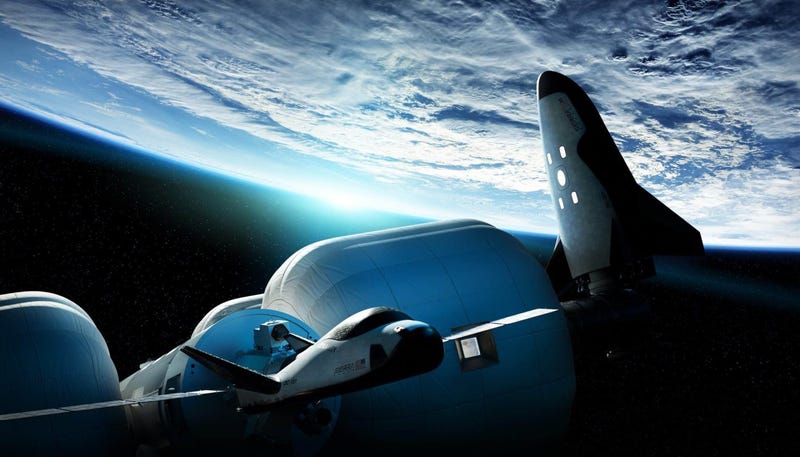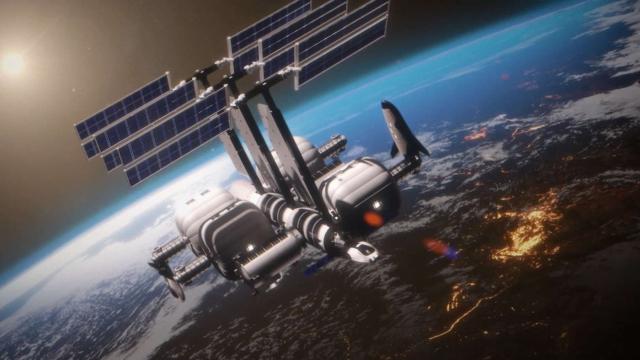Sierra Space secured some significant dough during its latest funding round. The company says it will now allocate these funds towards the development of its commercial space station and other orbital tech.
Sierra Space Corporation, a commercial space company that splintered from Sierra Nevada Corporation in 2021, announced on Tuesday that it raised $US290 million in its recent Series B funding round. This latest influx brings the company’s total investments to a staggering $US1.7 billion across two rounds, setting what Sierra Space describes as an “industry record for combined Series A and B raises,” according to a company press release.
The funding round was co-led by a Japanese strategic partnership, a group of companies that includes MUFG Bank, Kanematsu, and Tokio Marine & Nichido Fire Insurance, underscoring Sierra Space’s growing influence in Japan. The company’s CEO, Tom Vice, is understandably stoked about the strengthened ties, stating, “Sierra Space is excited to create a long-term strategic relationship with our Japanese investors and industry partners.”
The funds are earmarked for several ambitious projects. Sierra Space has been plugging away on a commercial space station for the past five years and expects to undertake full-scale testing by the end of 2023. According to the company, Sierra Space’s valuation now stands at $US5.3 billion, a notable figure for a firm that has yet to send its Dream Chaser spacecraft to orbit.

Dream Chaser is an in-development spaceplane for missions to low Earth orbit, transporting crew and cargo to destinations like the International Space Station (ISS). Capable of carrying up to 12,000 pounds (5,443 kilograms) of cargo, the spaceplane requires ULA’s yet-to-fly Vulcan Centaur rocket for launches and will be capable of performing atmospheric reentry and runway landings, reminiscent of NASA’s Space Shuttle. Dream Chaser will come in three variants, catering to cargo transport, crewed missions, and national security space requirements.
Related article: Bezos’s ‘Orbital Reef’ Space Station Moves One Step Closer to Reality
The company is targeting early 2024 for Dream Chaser’s inaugural flight from Kennedy Space Center in Florida, under a supply mission contract with NASA to the ISS; the company is currently booked for several resupply missions to the orbital lab, which is set to retire in 2029. Sierra Space’s plans don’t stop at cargo, however; the company’s vision includes launches of crewed Dream Chaser missions to its proprietary space station, Orbital Reef—a project co-developed with Jeff Bezos’ Blue Origin. Crewed treks to space aboard Dream Chaser aren’t expected until the back half of the 2020s.
Sierra Space’s presence in Japan appears to be gaining momentum. The company is exploring Oita Airport as a potential landing site for Dream Chaser, in partnership with Oita Prefecture, Kanematsu, and Japan Airlines. Additionally, a growing collaboration with Mitsubishi Heavy Industries aims to develop a range of technologies for orbit and on-orbit operations.
The recent investment surge in Sierra Space comes amid adjustments in the space capital markets, following the 2021 SPAC frenzy. With $US3.4 billion in active contracts and a clear vision for the future, Sierra Space seems well-positioned to achieve its lofty goals in the evolving and tumultuous space industry.
